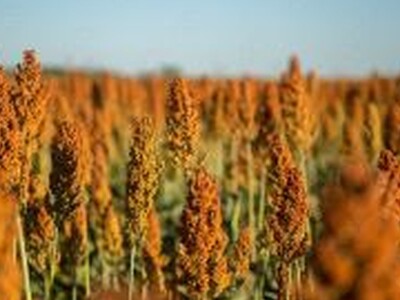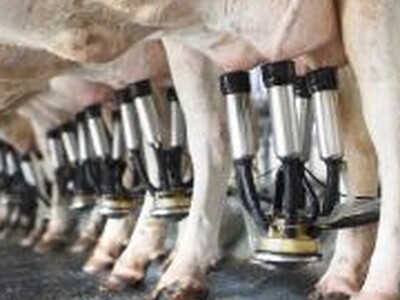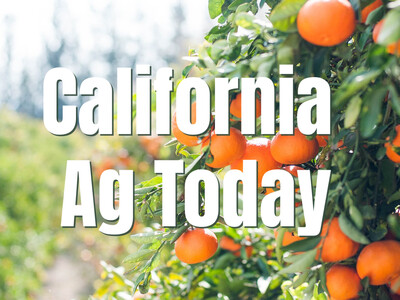Cost of Cheatgrass
This invasive annual weed is difficult to eradicate because of its short lifecycle and high seed production. Throw wildfire into the mix and it's even more of a nuisance, because cheatgrass can become more dominant and expand after a fire. Dr. Ann Kennedy, USDA Agricultural Research Service soil microbiologist at WSU, "my greatest concern was this whole idea of the fire going through so quickly and destroying acres and acres and acres of land. One of the reasons that we have an increase in wildfires is the fact that these cheatgrass plants are invading and we're not able to stop those wildfires because of the plant material that's just so thick."So how do you control an invasive plant that also has a good side? Kennedy and her colleagues had studied the effect of inhibitory bacteria on wheat and decide to test whether the bacteria could be used against cheatgrass. After isolating and screening over 20 thousand bacteria over several years they identified one that would do the job.
Cheatgrass, and other invasive annuals like medusahead and ventenata, outcompetes other native forbs and grasses. If left unmanaged, it can reduce forage production for cattle and create a fire-prone monoculture of weeds.
So if you own or operate rangeland in Eastern Oregon, chances are you've seen cheatgrass on your property. But does it make financial sense to treat it? A new economic report and infographic from the Natural Resources Conservation Service in Oregon helps ranchers and land managers answer that question. A 2017 report, titled Economics of Annual Grass Control in Eastern Oregon, examined economic gains and losses when treating low, moderate and high levels of annual grass infestation. The financial values are based on three levels of forage production—500, 1,000 and 1,500 pounds of forage per acre.
The report found that treating low infestations across all three levels of forage production yields a financial gain, ranging from 21 cents to $4.94 per acre. However, treating highly infested areas showed a financial loss of $3.76 to $5.43 per acre, despite the level of forage production. Moderate infestations showed a financial gain with treatment only on sites producing 1,000 or 1,500 pounds per acre of forage.??


















